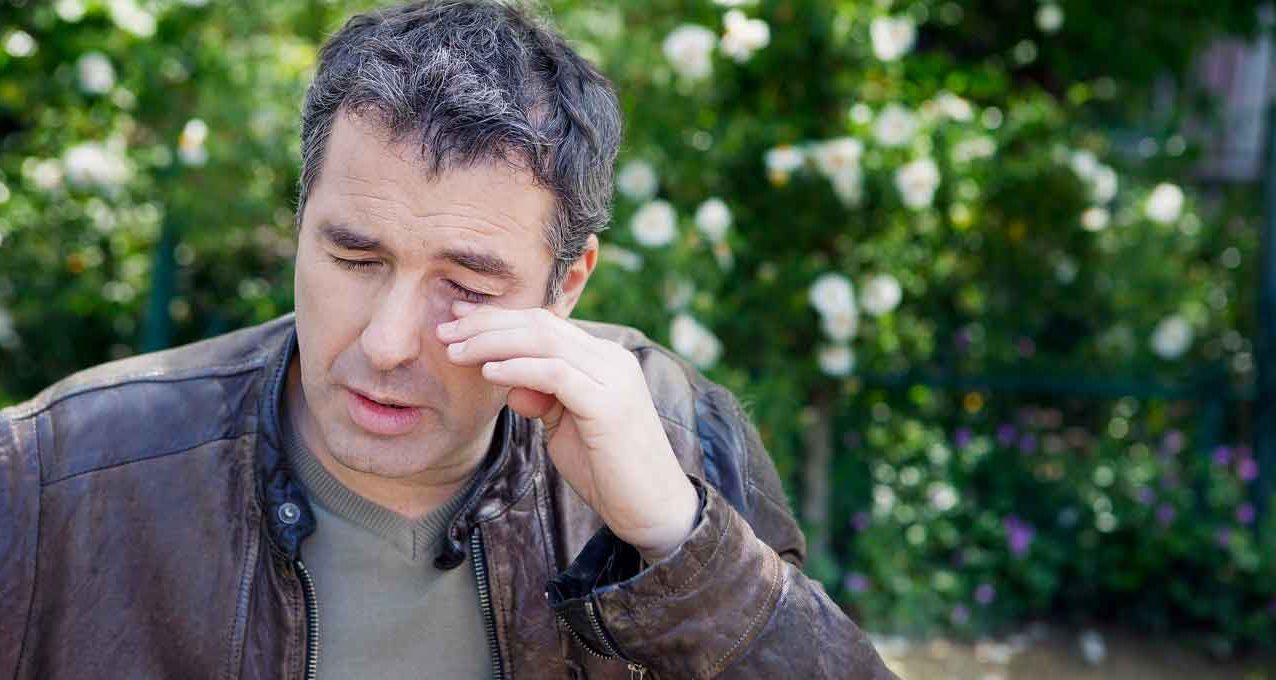How to Survive Spring Allergies

A little planning can prevent a lot of discomfort this season.
Itchy eyes…runny nose…sneezing. Every spring, like clockwork, the same symptoms set in. And unlike a cold, which is typically short-lived, allergy symptoms can stick with you for weeks — or even months.
This year, be proactive about allergies. Learning your triggers and seeing an allergist for treatment a few weeks before the season starts could save you a lot of sniffling and sneezing.
Know what’s bugging you
Before you can stop allergy symptoms, you need to know what’s causing them. Pet dander — could also be behind your symptoms. And even if you’re sensitive to pollen, the count alone might not tell the whole story.
“People focus on the highs and lows of pollen counts,” said allergist James Sublett, MD, president of the American College of Allergy, Asthma and Immunology (ACAAI). “What they don’t realize is that a high total pollen count doesn’t always mean you will have allergy symptoms. The pollen from the plant you are allergic to may not be high. The key is to know what you’re allergic to, and how to treat your particular symptoms.”
Find the right treatment
An allergist can help you identify your triggers with the use of skin prick or blood tests. Once you know whether you’re sensitive to tress, grass, dust, or pet dander, then you can start focusing on possible treatments.
Recent guidelines from the American Academy of Otolaryngology — Head and Neck Surgery can help you and your doctor strategize your treatment plan. Treatments the Academy recommends for combatting seasonal allergies include:
- Steroid nasal sprays (Flonase, Nasonex). They bring down swelling and reduce the amount of mucus in your nose to help you breathe easier.
- Antihistamines. These pills and nasal sprays work by preventing substances called that histamines your body releases from causing your allergy symptoms. To avoid the drowsiness some older antihistamines (Benadryl, Chlor-Trimeton, Tavist) can cause, use a newer brand (Claritin, Allegra, Zyrtec) to relieve sneezing and itching.
- Immunotherapy. Allergy shots or drops you get from your doctor gradually desensitize your body to pollen and other triggers.
Start early
Don’t procrastinate taking your allergy medicines. The longer you wait, the longer you’ll have to endure symptoms. The effects of many allergy drugs take several days to kick in. Start taking your medicines two to three weeks before you normally start to see symptoms, to head them off.
Avoid your triggers
One of the best strategies for preventing spring allergies is to avoid the plants or other substances that set off your symptoms. Here are a few tips:
- Stay indoors. When the pollen count is high, skip the outdoor run and opt instead for a jog on the treadmill. To keep pollen outside, shut your windows and turn on the air conditioning. Don’t use a fan — it just blows pollen and dust particles around.
- Protect yourself. If you can’t avoid going outside, wear sunglasses to keep pollen out of your eyes. When you mow the lawn, which kicks up pollen and grass, consider wearing a mask.
- Wash off. Allergens can catch a ride into your home on your hair, clothes, and shoes. When you get back home, leave your shoes at the door. Take a shower, wash your hair, and run your clothes through a cycle in the washing machine.
- Clean up. Vacuum and dust your home at least once a week, to capture any pollen, dust, or mold particles lurking in your carpets and on surfaces. Use a HEPA vacuum cleaner, which will pick up 99.7 percent of small particles. Change your bedding and wash it in warm water, too.
- Filter the air. Install an air filter in your home to trap allergen particles before they can get into your nose. Check the filter on your air conditioner regularly, and change it when it gets dirty.
Updated:
March 30, 2020
Reviewed By:
Janet O’Dell, RN